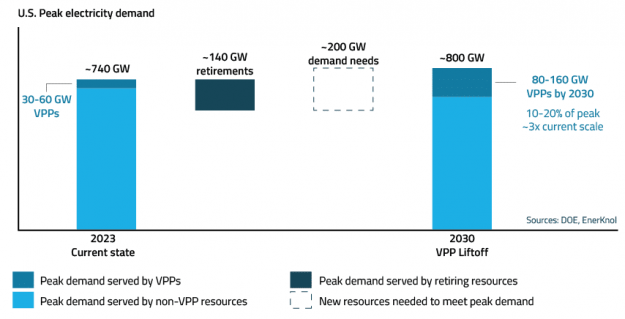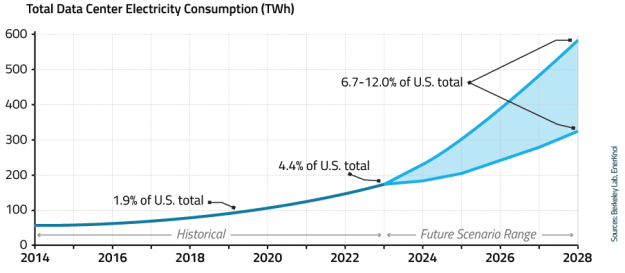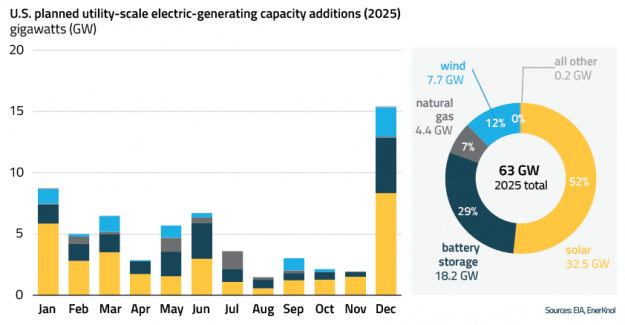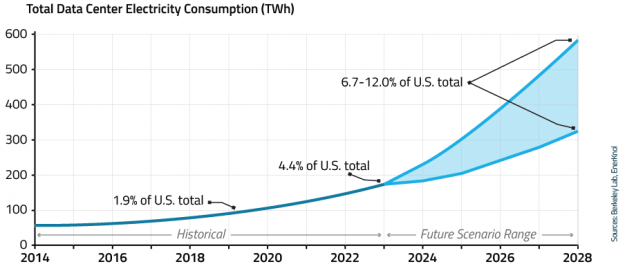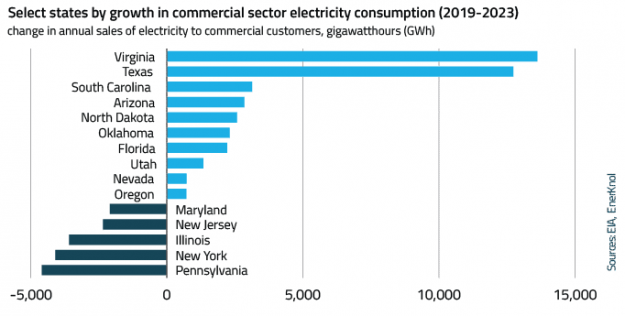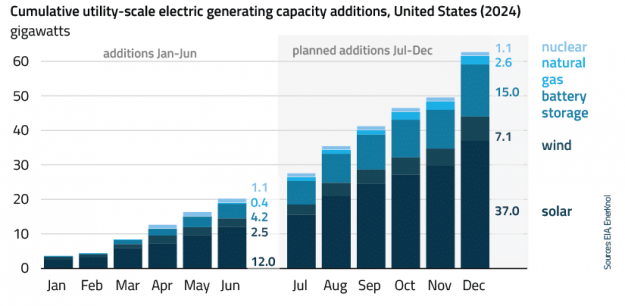States Expand Virtual Power Plant Programs to Address Peak Electricity Demand
Recent actions across U.S. states reflect the growth of virtual power plant (VPP) initiatives, as utilities and regulators evaluate aggregated customer-sited assets to manage peak demand, enhance reliability, and reduce system costs. States are moving forward with…Read the full report …...
